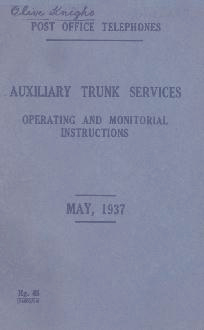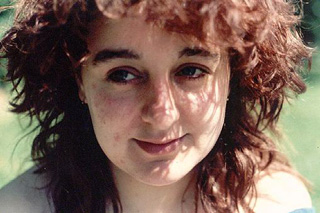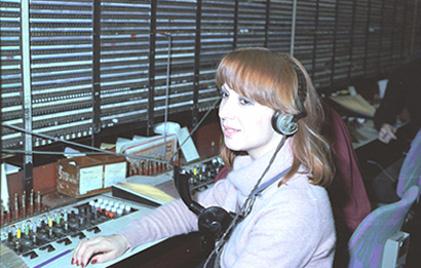 |
Working as a 'GPO trained' telephonist was a well respected profession. The training was extensive, the hours long, but staff took a pride in doing their job well. London telephonists played a key role in the growth of telecoms in the capital city, until STD and ISD gradually took over. |
GPO Telephonists were always highly respected in the industry, and this is reflected in the stringent recruitment standards for both male and females...
Regulations regarding the Situation of Female Telephonist in the London Telecommunications Region (Circa 1945)
By the 1960s, Men were being encouraged to 'join the headset' and the following is a recruitment leaflet (LTR332) for opportunities to be employed as a Post Office Telephonist in London.
TO APPLICANTS FOR EMPLOYMENT AS DAY TELEPHONISTS
You will want to know something about the job for which you are applying...
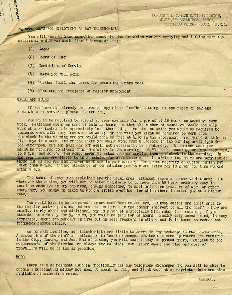 |
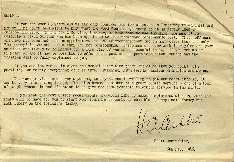 |
| applicant.doc |
Regulations
GPO was strictly governed by regulations (Rgs) which were printed in various service booklets.
It is thought that Rg.17 and Rg.40 dealt with 'conditions of service' which in later years were printed in the Staff Handbook, as 'Personnel Rules'.
Rg.18 apparently dealt with working hours, meal breaks etc...
There were also "instructions for drivers" in Rg. 39 ( for postal vehicles) and Rg. 34 (for motor cyclists).
Rg.41 dealt with engineer's safety.
Rg.45 was the trunk telephonist's 'Operating and Monitorial Instructions'.
Olive Knight (1938)
Barbara Parkinson (1946)Helena Wojtczak (1974)
There were two switchrooms, a Main and an Annex on each floor, but many alterations were made over the decades as manual switching went auto and more equipment had to be accommodated.
Known switchrooms in North Block were:
2M, 2A
3M
4M, 4A
5M
6S was located in the new South Block (1933).
7th South locker room
8th South canteen
9th South ladies' rest room
On the opening of Kingsway Trunk 30th October 1954, assitance traffic was switched to Faraday Building North Block, Room 2M, while delay booking was controlled in the South Block, Room 6S.
Resources
Right click with your mouse to download the following documents...
Applicant.doc (Word Document 28k)
Spirit.doc (Word Document 23k)
Ticket Codes 403/44 (LTR) (Excel Document 19.5k)
Design, images and text compiled by ©
Light-Straw.
Special thanks to M. Knight, O.W. Knight and B. Ball.
Page last updated 22nd January 2012. Checked May 2021.
All logos and
trade marks are the property of their respective owners and are used on
the Light Straw site(s) for review only. Students and researchers are
recommended to make their own independent enquiries as to the accuracy
of the information contained therein.
